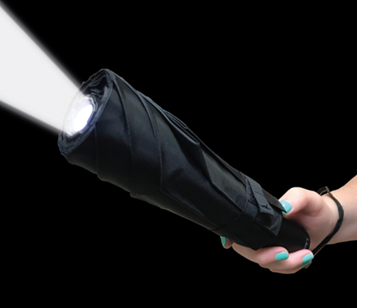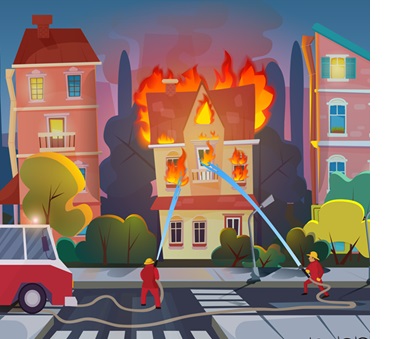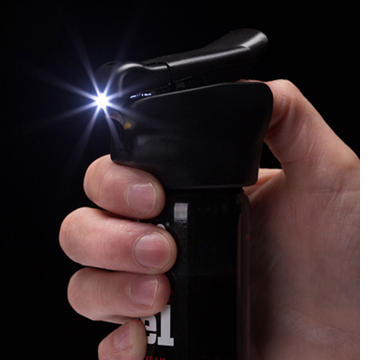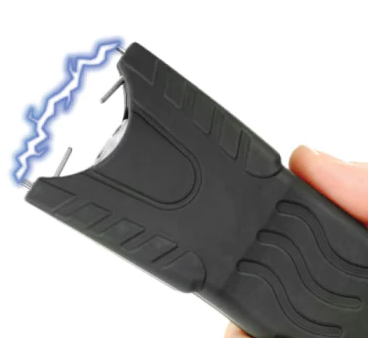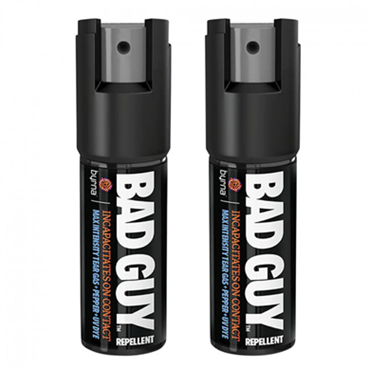Can Non-Lethal Weapons Cause Death?
 The term "non-lethal weapon" evokes a sense of control, a way to subdue a situation without resorting to deadly force. Pepper spray, stun guns, tasers, and beanbag shotguns are all commonly used tools for law enforcement and security personnel. However, the label "non-lethal" can be misleading. While intended to minimize injury, these weapons can, in some cases, lead to fatalities.
The term "non-lethal weapon" evokes a sense of control, a way to subdue a situation without resorting to deadly force. Pepper spray, stun guns, tasers, and beanbag shotguns are all commonly used tools for law enforcement and security personnel. However, the label "non-lethal" can be misleading. While intended to minimize injury, these weapons can, in some cases, lead to fatalities.
Let's delve deeper into the complexities of non-lethal weapons and the factors that contribute to unintended deaths.
The Flawed Concept of "Non-Lethal"
The very term "non-lethal" is a source of debate. Some argue for a more accurate term like "less-lethal" which acknowledges the inherent risk of serious injury and even death. These weapons pack enough force to incapacitate, and in some situations, that force can be fatal.
Here's why "non-lethal" might be a misnomer:
- Unforeseen Medical Conditions: A seemingly harmless blow from a beanbag shotgun could prove fatal for someone with a pre-existing heart condition.
- Misuse and Improper Use: Improper deployment of a non-lethal weapon, like aiming at the head or neck instead of the torso, can significantly increase the risk of death.
- Accidental Ricochets: Even in controlled situations, ricochets can occur, striking unintended targets with potentially lethal consequences.
- Repeated Applications: Multiple deployments of a taser or pepper spray can overwhelm a person's system, leading to respiratory failure or cardiac arrest.
These factors highlight the importance of proper training and responsible use of less-lethal weapons.
Types of Less-Lethal Weapons and Associated Risks
Let's explore some common less-lethal weapons and the potential dangers they pose:
- Pepper Spray and Pepper Guns: While generally safe, pepper spray and pepper guns can trigger severe allergic reactions in some individuals and irritate pre-existing respiratory conditions. It can also be accidentally inhaled by the user, leading to temporary incapacitation.
- Tasers and Stun Guns: Tasers and stun guns disrupt the nervous system, causing temporary muscle paralysis. This can be dangerous for those with heart problems or those who fall and hit their head during the incapacitation.
- Beanbag Shotguns: These fire fabric bags filled with lead shot. While designed to deliver a painful blow, they can cause serious injuries, especially if they hit the head or neck.
- Rubber Bullets: Similar to beanbag shotguns, rubber bullets can inflict blunt force trauma and potentially cause internal injuries.
- Flashbang Grenades: These stun grenades disorient with a loud bang and bright flash. Improper use can cause hearing damage, burns, and temporary blindness.
Understanding the potential risks of each weapon is crucial for responsible deployment and minimizing fatalities.
Statistics and the Need for Transparency
Obtaining accurate data on deaths caused by less-lethal weapons can be challenging. Reporting may be inconsistent, and attributing a death solely to a less-lethal weapon can be complex, especially when pre-existing conditions are involved.
However, available data suggests that deaths do occur. A 2017 Reuters investigation found that at least 100 people in the US died between 2010 and 2017 after being struck by less-lethal weapons during police encounters.
There's a need for more transparent reporting and investigation into deaths involving less-lethal weapons. This data can inform better training protocols and potentially lead to safer technology.
The Ethical Considerations of Less-Lethal Force
The use of less-lethal weapons raises ethical concerns. Are they truly a less-lethal alternative, or do they simply create a different kind of harm? Here are some points to consider:
- Escalation of Force: The availability of less-lethal options might lead to a quicker resort to force in situations that could otherwise be de-escalated peacefully.
- Public Perception: Over-reliance on less-lethal weapons can erode public trust in law enforcement, especially if they are seen as excessive or cruel.
- The Psychological Impact: Being incapacitated by a less-lethal weapon can be a terrifying experience and leave lasting psychological trauma.
These considerations highlight the importance of using less-lethal weapons only as a last resort and with careful consideration of the situation.
The Path Forward: Responsible Use and Technological Advancements
So, what can be done to minimize deaths caused by less-lethal weapons? Here are some potential solutions:
- Improved Training: Law enforcement and security personnel need comprehensive training on the proper use of less-lethal weapons, including de-escalation tactics and recognizing potential risk factors in individuals.
Conclusion
Less-lethal weapons offer a valuable tool for law enforcement and security personnel in subduing dangerous situations without resorting to deadly force. However, the label "non-lethal" can be misleading. These weapons can cause serious injuries and even death, especially when misused or deployed on individuals with underlying health conditions.





